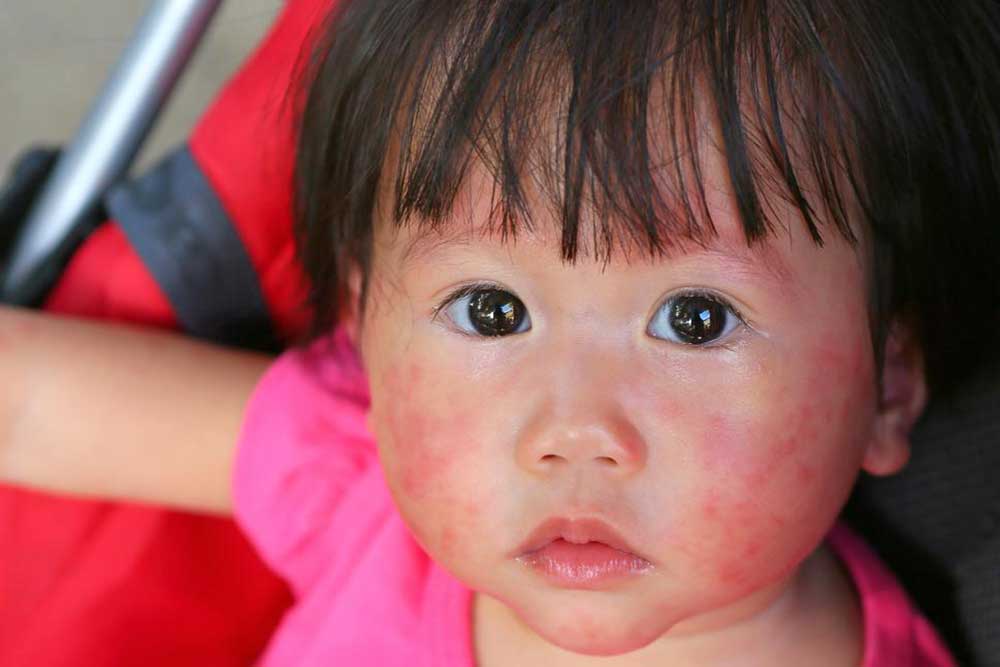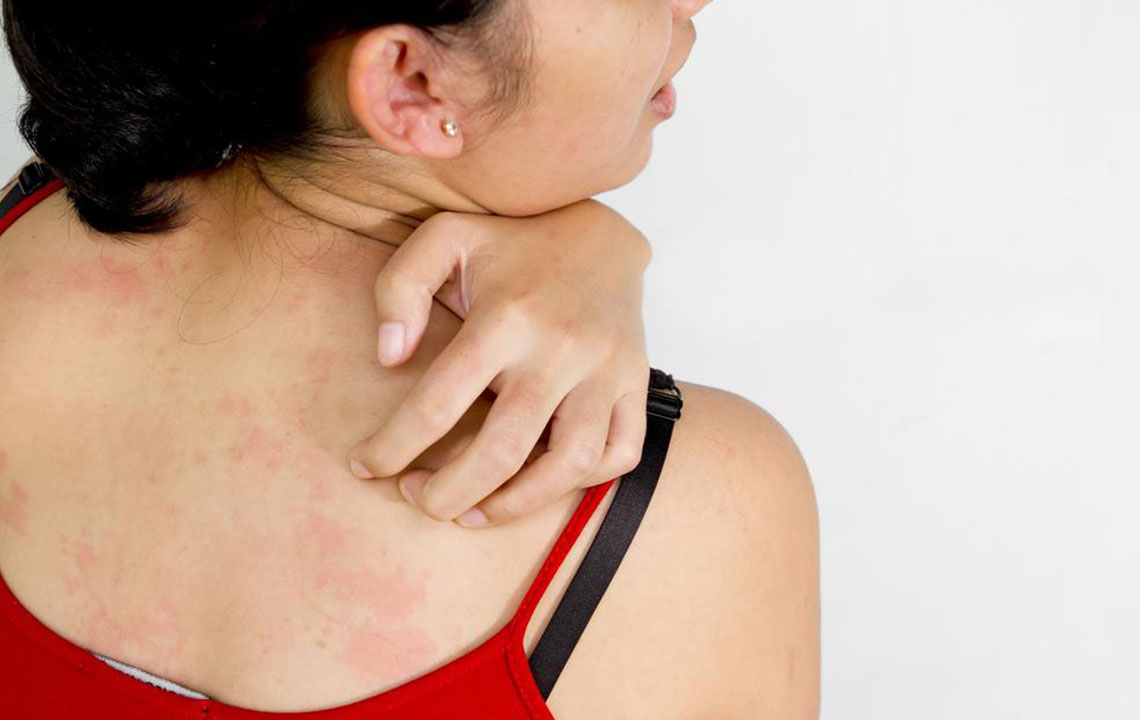Comprehensive Guide to the Top 7 Causes of Skin Rashes and How to Manage Them
This comprehensive guide explores the top causes of skin rashes, including contact dermatitis, seborrheic dermatitis, and atopic dermatitis. It offers practical advice on identification, management, and prevention to help individuals maintain healthy skin and avoid persistent skin irritation. Understanding these conditions enables better treatment and reduces discomfort caused by skin rashes, promoting overall skin health.

Skin rashes are common dermatological issues that can manifest in various forms, ranging from slight redness to severe flaky patches and raised bumps. These skin irregularities can appear suddenly or develop gradually over time, and they often cause discomfort, itching, or irritation. Understanding the underlying causes of skin rashes is essential for effective treatment and management, helping individuals avoid triggers and seek appropriate medical care when needed. This comprehensive guide explores the seven most common causes of skin rashes, providing insights into their symptoms, causes, and potential remedies.
1. Contact Dermatitis: The Reaction to External Irritants
Contact dermatitis is one of the most prevalent skin conditions triggered by direct contact with irritants or allergens. Whether it's a new soap, detergent, cosmetic product, latex gloves, or perfumes, exposure to certain substances can lead to skin inflammation characterized by redness, swelling, burning sensation, and sometimes blistering. This type of dermatitis is classified into irritant contact dermatitis, caused by substances that physically or chemically damage the outer layer of skin, and allergic contact dermatitis, which involves an immune response to allergens.
Managing contact dermatitis involves identifying and avoiding the offending agents. Using hypoallergenic products, wearing protective clothing, and applying soothing creams or antihistamines can help alleviate symptoms. If the rash persists or worsens, consulting a dermatologist is recommended for tailored treatment options.
2. Seborrheic Dermatitis: The Dandruff of the Skin
Often mistaken for simple dandruff, seborrheic dermatitis is a chronic skin condition predominantly affecting oily areas such as the scalp, face, and chest. It causes red, greasy, and flaky patches that may be itchy and uncomfortable. Factors contributing to seborrheic dermatitis include overproduction of sebum, the presence of yeast like Malassezia on the skin, stress, hormonal changes, and nutritional deficiencies.
Effective management involves regular cleansing with medicated shampoos containing ingredients like ketoconazole or selenium sulfide, maintaining good skin hygiene, and reducing stress levels. In some cases, topical antifungal or anti-inflammatory treatments are prescribed by healthcare professionals. Recognizing early signs and maintaining consistent skin care routines can prevent flare-ups and improve quality of life.
3. Atopic Dermatitis: The Chronic Itchy Skin Disorder
Atopic dermatitis, commonly known as eczema, is a long-term inflammatory skin condition that causes intense itching, redness, and roughness. It often occurs in individuals with a family history of allergies, asthma, or hay fever. The condition impairs the skin’s natural barrier, making it more vulnerable to irritants, allergens, and bacterial infections.
Management strategies include moisturizing the skin regularly, using prescribed topical steroids or immunomodulators, and avoiding known triggers such as harsh soaps, detergents, or certain fabrics. Keeping skin hydrated and avoiding scratching are crucial for managing flare-ups. For severe cases, dermatologists may recommend phototherapy or systemic medications to control symptoms effectively.
Additional Causes of Skin Rashes
Beyond the three primary causes highlighted above, other factors can lead to skin rashes. Autoimmune diseases like psoriasis cause scaly, silvery patches of skin due to excessive skin cell production. Bacterial infections such as impetigo present as crusty, honey-colored sores, particularly in children. Viral infections, including shingles, manifest as painful, blistering rashes following nerve pathways. Illnesses like measles produce characteristic generalized rashes along with systemic symptoms.
Pregnancy-related rashes, such as PUPPP (pruritic urticarial papules and plaques of pregnancy), can cause itchy bumps and patches. Medication hypersensitivity reactions, insect bites, and exposure to environmental toxins also contribute to dermatological reactions. Proper diagnosis by a healthcare professional is vital for effective treatment, especially when rashes persist or worsen despite home care.
Preventive Measures and When to Seek Medical Advice
Prevention is key in managing skin rashes. Maintaining good skin hygiene, using gentle skincare products, and avoiding known irritants can significantly reduce the risk of dermatitis and other skin conditions. Wearing protective clothing and using sunscreen can prevent some allergic reactions caused by environmental factors.
It's important to monitor skin changes and seek medical advice if:
Rash persists longer than two weeks
Symptoms worsen or spread rapidly
There is severe swelling, blistering, or signs of infection like pus
Associated systemic symptoms such as fever or difficulty breathing occur
Early diagnosis and appropriate treatment can prevent complications and improve skin health. Dermatologists can perform patch testing to identify specific allergens or prescribe targeted therapies to control inflammation and discomfort.
Conclusion
Understanding the diverse causes of skin rashes is essential for effective management and relief. Whether caused by external irritants, internal health issues, or infections, recognizing warning signs and seeking professional medical advice can prevent complications and promote healthier skin. Practicing good skin hygiene, avoiding known triggers, and following prescribed treatments are vital steps in maintaining skin integrity and overall well-being.





